The biggest mistake that many non-profits make is believing that grants from corporations, foundations and government will continue, or (even) increase, over the long-term. Historically, those sources of funding for specific programs either remain the same or decrease – especially during rough economic times.
While overall costs of operation tend to rise, few foundations or corporations are likely to make long-term commitments to a nonprofit organization.
Most foundations tend to help a nonprofit initiate a program/concept, help them create the structure that will support it, and then go on to do the same with other organizations.
Corporations want to be perceived as supportive members of the community. The more nonprofits they support, from the same, limited pot of money, the more visible they’ll be and (generally) the better their image.
It’s also dangerous to rely just on events — no matter how successful, as someone else’s event or activity may prove to be a greater attraction for your attendees, or the economy may engender second thoughts about buying those event tickets.
So, when the grant for a specific program runs out, do you end that program and discontinue service to those who need it, or will you have a backup plan … a reliable source of ongoing funding ??
Ensuring the future of your nonprofit, therefore, involves identifying potential sources of funding sufficient to ensure continuation or expansion of the programs that satisfy the needs of the people and the communities you are serving … or want to serve.
Worded another way, “Ensuring future funding requires minimizing the risk of losing a large percentage of your income.”
Roughly 80% of dollars contributed to nonprofits come from individual donors or their estates. And the common wisdom is that at least 80% of that amount — or about two-thirds of all contributed dollars – come as major gifts from individuals.
A major gift program is easier to design/implement and more cost effective than direct mail and the vast majority of events. Major gifts are also a more reliable source of long-term charitable funding than all others.
And, by the way, the second biggest mistake that many non-profits make is to assume that this doesn’t apply to them !!
Many Non-Profit Organizations (nonprofits) use the term “Major Gifts” to refer to those that are larger than the usual range of gifts that arrive in the mail. Typically, $1,000 is the magic number. But, unless an organization’s budget and/or the amount to be raised via the fundraising process is unusually small, gifts of $1,000 won’t significantly aid in pursuing financial goals.
A Major Gift requires:
1• Amounts that will significantly help to attain fundraising goals — 1% or more of the goal would be significant. If your goal is $1,000,000, at $1,000 each, you’d need 1,000 gifts; and, unless you have the prospect base with that many donors who have given at that level in the past, that’s not very likely. Realistically, for a goal of that size, gifts of $10,000 and up are necessary.
2• That prospects be cultivated and solicited on a face-to-face basis. Consistent with the concept/practice of “development,” in order to get donors to want to make “major” gifts, there must be a relationship between the donor and the person doing the asking. And that person must also be one of the people, if not the person, doing the cultivating and educating of the prospective donor.
3• Ask amounts that are well thought out and well researched. When asking for ANY gift to a non-profit, it should always be for a specific dollar figure. For a major gift, it should be a figure based on the donor’s ability to give … and you should always be able to give the donor a good reason “why that amount” !!
4• The development and implementation of an individual plan, or strategy for getting each potential donor to the point where s/he is ready to make the gift you want him/her to make.
=-=-=-=-=-=-=-=-=-=-=-=-=-=
Have you heard about
The Fundraising Series of ebooks?
They’re easy to read, to the point, and inexpensive ($1.99-$4.99)
=-=-=-=-=-=-=-=-=-=-=-=-=-=
Have a comment or a question about starting, evaluating
or expanding your fundraising program?
AskHank
=-=-=-=-=-=-=-=-=-=-=-=-=-=
We welcome your questions/problems —
they are likely to engender further discussion.
Look forward to hearing from you.
Comments & Questions
=-=-=-=-=-=-=-=-=-=-=-=-=-=










